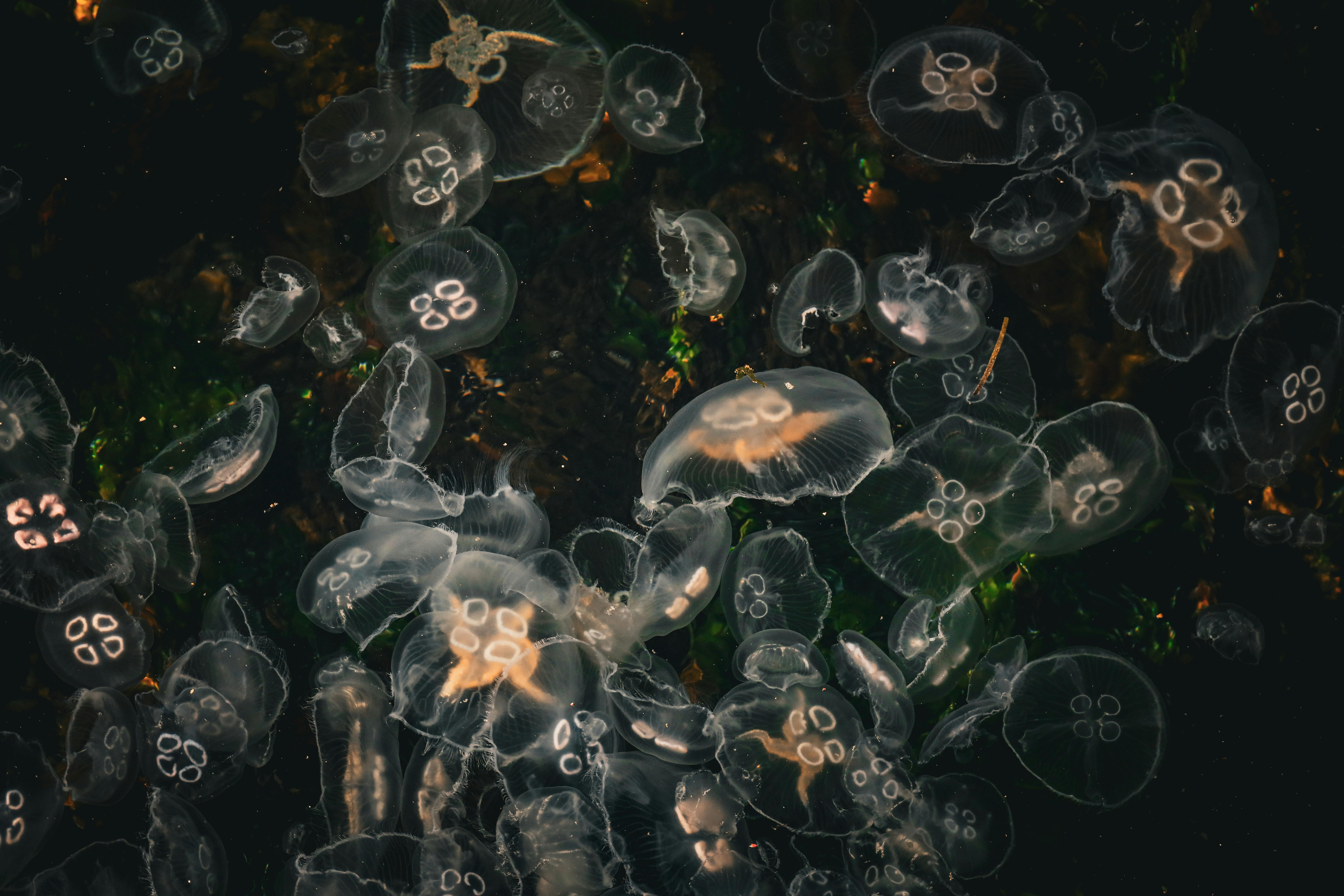
Best 5 Driftwood Options for Your Fish Tank in 2025
Driftwood plays a vital role in creating a natural and aesthetically pleasing environment for fish tanks. It not only serves as a decorative element but also enhances the overall health of your aquarium. In 2025, various driftwood options provide excellent benefits, such as creating hiding spots for fish, improving water quality, and fostering beneficial bacteria that contribute to a healthy ecosystem. This article explores the best 5 driftwood options for your fish tank, highlighting their features, installation tips, and maintenance guidelines to help you create the perfect aquatic habitat.
Essential Types of Driftwood for Aquariums
Understanding the different driftwood types available for aquariums is crucial for enhancing your tank's visual appeal and creating a functional habitat. Each type of driftwood has unique characteristics that affect its suitability for various fish species and tank setups.
1. Mopani Wood
Mopani wood is a popular choice among aquarium enthusiasts due to its striking coloration and density. This wood type is naturally resistant to decay, making it ideal for long-term use. It provides excellent hiding spots and creates a biotope that mimics natural fish habitats. However, it can initially leach tannins, which may temporarily discolor the water. Regular water changes and proper soaking can minimize this effect.
2. Malaysian Driftwood
Known for its intricate shapes and textures, Malaysian driftwood is perfect for aquascaping. Its unique formations create an appealing aesthetic while providing numerous hiding spots for shy species. This wood is lightweight and easy to position, making it an excellent option for beginners. Ensure you soak the pieces before adding them to your tank to remove excess tannins.
3. Redwood
Redwood is another attractive option, known for its natural resistance to termites and decay. It comes with varying sizes and can be used to create stunning focal points within your aquarium. When using redwood, be sure to treat it properly to avoid any adverse effects on your fish. This may involve soaking or pressure washing the wood before use.
4. Driftwood with Attached Plants
Integrating plants with driftwood is an innovative way to enhance your aquarium's ecosystem. Driftwood with attached aquatic plants not only beautifies your tank but also provides a nurturing environment for fish eggs and fry. Species such as Anubias and Java fern thrive on driftwood, creating a natural habitat that supports fish health. Ensure to routinely check these plants for growth and algae buildup.
5. Sinking Driftwood
Sinking driftwood is specifically designed to sit securely at the bottom of the tank, often featuring a compact shape. Ideal for smaller fish and bottom dwellers, this type allows for optimal tank layout planning. It's important to select wood that matches your tank's theme and provides hiding spots, enhancing the overall ambiance and comfort for your aquatic pets.
How to Choose the Right Driftwood for Your Aquarium
Choosing the right driftwood is crucial for establishing a happy and healthy fish habitat. Several factors come into play when selecting driftwood for fish tank setups, including the size, type, and interaction with other elements in the aquarium.
Evaluating Size and Shape
The size of the driftwood should be proportional to your aquarium. Large pieces can serve as focal points, while smaller pieces can enhance the details in your layout. Consider how shapes will interact with your plants and fish movement. Creating visual dynamics should be your goal when selecting driftwood.
Assessing Compatibility with Fish Species
Not all driftwood types are suitable for every fish species. Research the natural habitats of your fish to choose wood that matches their needs. Some fish thrive in environments enriched with wood, while others may prefer open waters. Ensure your driftwood aligns with their compatibility and behavior expectations.
Understanding Water Chemistry
Driftwood can influence water parameters such as pH and hardness, which are critical for maintaining fish health. Choose driftwood that complements your aquarium's water chemistry. Consider species needs when evaluating driftwood types, especially if you have delicate fish such as shrimp or discus.
Maintaining Aquarium Driftwood
Proper maintenance of driftwood decorations is essential for sustaining a healthy fish tank environment. Routine care ensures that the wood remains safe for aquatic life and continues to elevate the aquarium's aesthetic.
Cleaning Techniques
Regular cleaning of your driftwood will help remove algae and debris that can accumulate over time. Use a soft brush to scrub any visible contaminants while avoiding harsh chemicals. This will help maintain the natural beauty of the wood without harming the tank's ecosystem.
Soaking and Preparing Driftwood
Soaking driftwood prior to its introduction into the aquarium is crucial. This process helps remove excess tannins and adjusts the wood's buoyancy, ensuring it sinks fully. Depending on the size, soaking can last from several hours to days. Ensure the water is changed frequently to enhance soaking effectiveness.
Monitoring for Decay
Keep an eye out for signs of decay, such as discoloration or soft spots in the wood. If you notice these symptoms, consider replacing or treating the affected driftwood. Maintaining high water quality and promoting healthy bacteria will also hinder decay and contribute to the longevity of your driftwood.
FAQ About Driftwood in Aquariums
Here are some frequently asked questions regarding driftwood for fish tanks. Understanding these common queries can help you better manage your aquarium's health and aesthetics.
1. Is all driftwood safe for fish tanks?
Not all driftwood is safe. Always choose wood that is specifically prepared for aquarium use, ensuring it has not been chemically treated or sourced from polluted areas.
2. How does driftwood benefit my fish tank?
Driftwood provides shelter and breeding grounds, replicates natural environments, and can improve water quality by fostering beneficial bacteria.
3. What types of fish prefer driftwood in their habitat?
Species such as cichlids, bettas, and most bottom dwellers thrive in environments that include driftwood, offering essential hiding spots and security.
4. Can I use found driftwood in my aquarium?
While it's possible, found driftwood must be cleaned, treated, and soaked properly to prevent introducing harmful bacteria or toxins into your tank.
5. How often should I replace or update driftwood in my aquarium?
Replacement is necessary only if the wood shows signs of decay or affects water quality. Regular cleaning and care can prolong its life significantly.

 ```
```